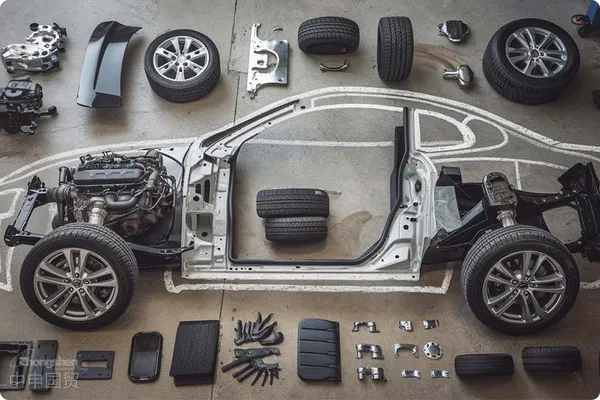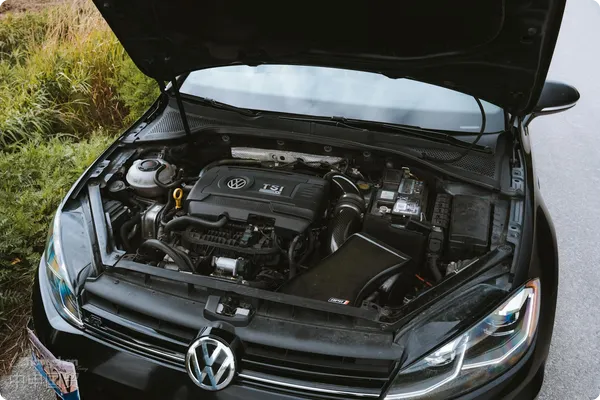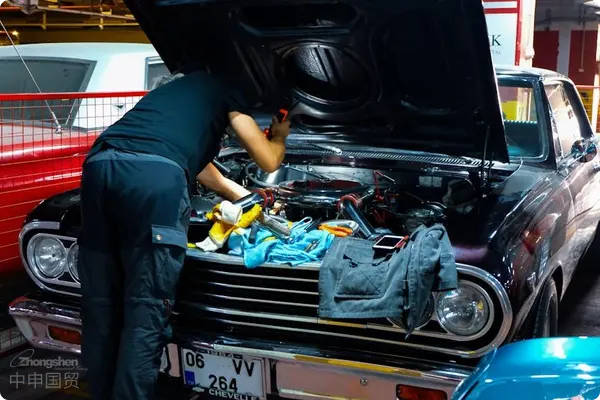- Shanghai Zhongshen International Trade Co., Ltd. - Two decades of trade agency expertise.
- Service Hotline: 139 1787 2118

Against the backdrop of the rapid development of the global automotive aftermarket, the front hub bearing, as a core component of the vehicle chassis system, has seen a continuous increase in import demand. As a senior practitioner with 20 years of service experience, this article will deeply analyze the key aspects of the front hub bearingforeign tradeservice expert with 20 years of industry experience, this article will systematically analyze the core points of clothingExport Representationand provide enterprises with a full - process solution from market access to terminal delivery.Import RepresentationI. Industry Status Quo and Import Demand Analysis
II. Core Difficulties in Import Agency and Coping Strategies
Internationally - recognized Safety StandardsChinas car ownership has exceeded 340 million (data from 2023), and the aftermarket scale has reached 1.3 trillion.
- The trend of vehicle chassis lightweighting promotes the upgrade of demand for high - precision bearings.
- New energyThere are significant differences in the certification systems of original equipment manufacturer (OEM) parts in Europe and the US and those in the aftermarket (AM).
- Product Feature Requirements
Regional Mandatory CertificationsMarket access barriers such as EU CE certification and US DOT certification
- Must comply with ISO 9001/TS 16949 quality management system
- Technical indicators such as material strength (e.g., SAE 52100 steel) and tolerance standards (ISO 492)
- Product Compliance Verification
III. Core Value Matrix of One - stop Service
Internationally - recognized Safety StandardsConfirm the suppliers qualifications through the APQP (Advanced Product Quality Planning) process
- Execute PPAP (Production Part Approval Process) document review (including dimensional reports, material certificates)
- Third - party laboratory testing (e.g., SGS fatigue resistance test, salt spray test)
- Customs Classification and Tax Optimization
Regional Mandatory CertificationsAccurately classify HS codes (differentiated declarations under 8708.99)
- Calculate the dutiable value (split freight and insurance premiums based on CIF)
- Application of RCEP agreement tariff rates and AEO certification for customs clearance acceleration
- Design of Professional Logistics Solutions
Cultural and Religious NormsMoisture - proof requirements
- Rust-proof packaging standard: Complies with ASTM D3951Maritime TransportationTransportation solutions for sensitive items: temperature - controlled containers + shock - proof brackets
- Supply chain visualization: RFID tracking system + blockchain document management
- Implementation Points
IV. Key Nodes of Risk Control
| Service modules | Customer Benefits | Customs Planning |
|---|---|---|
| Classification pre - ruling + royalty declaration strategy | Shorten customs clearance time by 40% | Warehousing and Distribution |
| Increase inventory turnover rate by 50% | VMI inventory management + JIT distribution system | After - sales Support |
| After-sales Support | Quality Claim Assistance + Localization of Technical Documents | The market response speed has increased by 3 times |
V. Industry Trends and Value Upgrade
Internationally - recognized Safety Standardsintellectual property protection.
- Verify patent status of brands such as SKF and NTN
- Execute Customs Filing (GMEE System Pre - screening)
Regional Mandatory CertificationsQuality Dispute Handling
- Establish an NDT Non - destructive Testing Emergency Mechanism
- Application of the Legal Effect of Third - Party Public Appraisal Reports (TUV/BV)
Cultural and Religious NormsConstruction of Supply Chain Resilience
- Multi - port Alternative Plans (to cope with emergencies such as Panama Canal congestion)
- Exchange Rate Lock - in Tools (Forward Foreign Exchange Settlement and Sale Hedging)
Market Driving Factors
Internationally - recognized Safety StandardsExtension of Digital Services
- 3D Scanning Technology Enables Cloud Matching of Spare Parts Data
- AI Big Data Predicts Changes in Customs Clearance Policies of Various Countries
Regional Mandatory CertificationsESG compliance requirements
- Impact of Carbon Footprint Certification (ISO 14067) on Logistics Routes
- Conflict Minerals Statement (DRC Cobalt Mine Supply Chain Audit)
Cultural and Religious NormsInnovation of Value - added Services
- Technical Training Package (Practical Guidance on Bearing Installation Torque Standards)
- Reverse Logistics System (Old Parts Recycling and Disposal Plan)
Conclusion
In the field of auto parts imports, professional agency service providers have transformed from traditional trade intermediaries into supply chain strategic partners. By constructing a three - dimensional service system of technical regulation databases, intelligent customs systems, and flexible logistics networks, enterprises can reduce the comprehensive operating costs of front hub bearing imports by 18% - 25%, and at the same time shorten the quality traceability cycle to within 72 hours. Facing the increasingly complex international trade environment, choosing partners with full - chain service capabilities will be a key decision for auto parts import enterprises to build their core competitiveness.
Related Recommendations
? 2025. All Rights Reserved. Shanghai ICP No. 2023007705-2  PSB Record: Shanghai No.31011502009912
PSB Record: Shanghai No.31011502009912









